Where do you want to be buried? Sounds morbid, but it’s an important question to address. As Ecclesiastes teaches, “To everything there is a season…. A time to be born, and a time to die.” Estate planning requires us to face that reality. Selecting a burial plot has many implications. It’s not only a final resting place. It also has significance for those who come after us. A recent Sunday morning at the Ahavath Sholom Cemetery of Fort Worth reminded me of that significance.
Early fall is the holiest time in the Jewish calendar. During this season of spirituality, we have a memorial ceremony at the cemetery called Kever Avot (Graves of our Fathers). It takes place on the Sunday between Rosh Hashonah and Yom Kippur. Laurie and I arrived early, meandering through the rows of graves, truly a walk down memory lane. It was a peaceful exploration, bringing to mind lots of stories and reflections. We stopped at gravesites of loved ones and allowed the emotions to flow. It was a chance to pause.
We pondered a while at the Blum tombstone, burial place of my grandparents Isadore and Nettie. There’s a lot of family history engraved in those monuments. Isadore’s Hebrew name was Yisroel (Israel), the same Hebrew name as my brother Irwin who was born soon after Isadore died. Irwin was named for him. You can find out all that just by walking around and reading the markers. My grandson Ollie’s Hebrew name is also Yisroel, named after my brother Irwin. I felt a powerful sense of connection between the past and the present. We are all links in a chain.
Reading the Hebrew on the back of the Blum tombstone, I discovered that Nettie’s father was Zalman (Solomon) and Isadore’s father was Yaakov (Jacob). I’d only heard Yaakov called Yankel. I never knew Yankel was a nickname. I found an old photo of my great-grandfather Yankel, standing at the grave in Russia of his wife. Reading her tombstone, I learned that her name was Gital. My father Julius’ middle name (Geroge, or Getzel) was likely named for her. Now my granddaughter Juliet Georgie (Yehudit Gital), named after my father, carries that name. When Lizzy chose the Hebrew name Gital, we had no idea it was the same name as my great grandmother. By coincidence (or maybe not?) we stumbled upon another line of generational continuity.
The cemetery also tells a story that is a heavy part of our life journey, the grave designated “Infant Daughter of Marvin and Laurie Blum.” Our first pregnancy was a full nine-month perfect one, until the moment in the delivery room when they informed us, “There’s no heartbeat.” Those words will sting forever. The tombstone reveals the date: February 11, 1982. That date is exactly one year to the day before our son Adam was born, February 11, 1983. That morning, Laurie suddenly went into labor, two weeks before her due date. Adam arrived early, making February 11 a date of both tears and joy. That’s how life works—rejoicing and sorrow all mixed together.
I’ll add one more recent cemetery experience that was meaningful. We lost Laurie’s dear sister Linda a year ago. There is a Jewish tradition of “unveiling” the tombstone a year after death, marking the end of the mourning period. At Linda’s unveiling, Rabbi Micah Greenstein shared some very comforting words: “An unveiling marks the shift from the sadness of grief to the blessing of memory. It’s the keeping of a promise to keep the light and spirit of Linda alive.” I learned that we were moving from grieving Linda to remembering her and keeping her memory alive.
The decision of where you’ll be buried is significant. Give your family the gift of making that decision now, so they won’t have to face it at a time of grief and stress. I recall a TIGER 21 meeting when a colleague described the horror that week of unexpectedly losing his father-in-law (who had made no advance preparations), and within hours having to juggle grief with a mountain of decisions about the funeral and burial. At that point, I added a section to The Blum Firm’s Red File checklist on “Funeral and Burial” to ease your family’s burden during that difficult time. Planning for end-of-life is an important part of the estate planning process.
Gravesites serve many purposes. They mark our final resting place. They tell stories. They reveal family history. And importantly, as I learned from Rabbi Greenstein, they help us keep memories of loved ones alive. Laurie and I just selected our final resting places, and it brings us peace. We wish you the same peace.
Marvin E. Blum
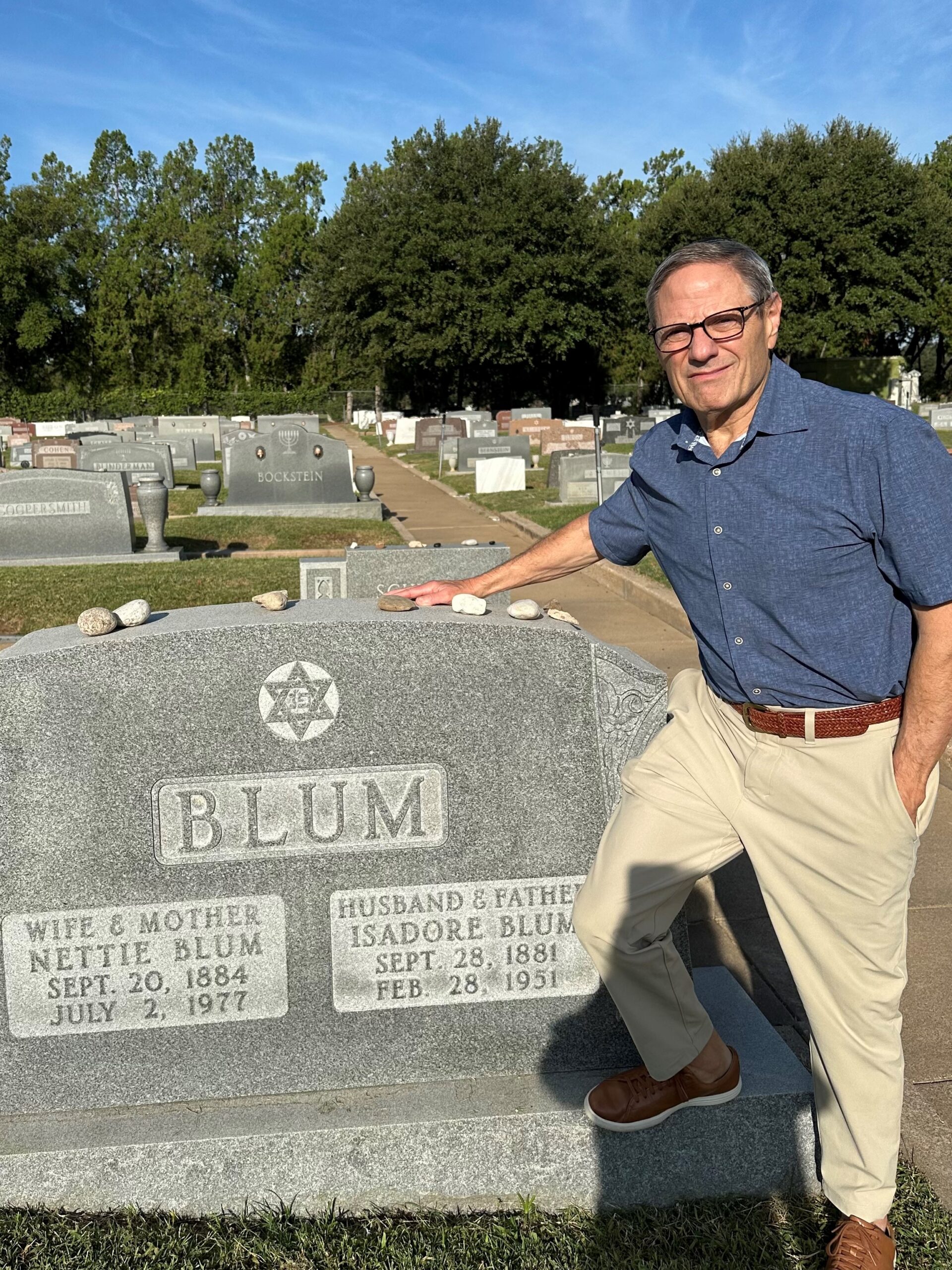
Marvin Blum at the tombstone of his grandparents, observing the Jewish memorial tradition of Kever Avot (Graves of the Fathers).
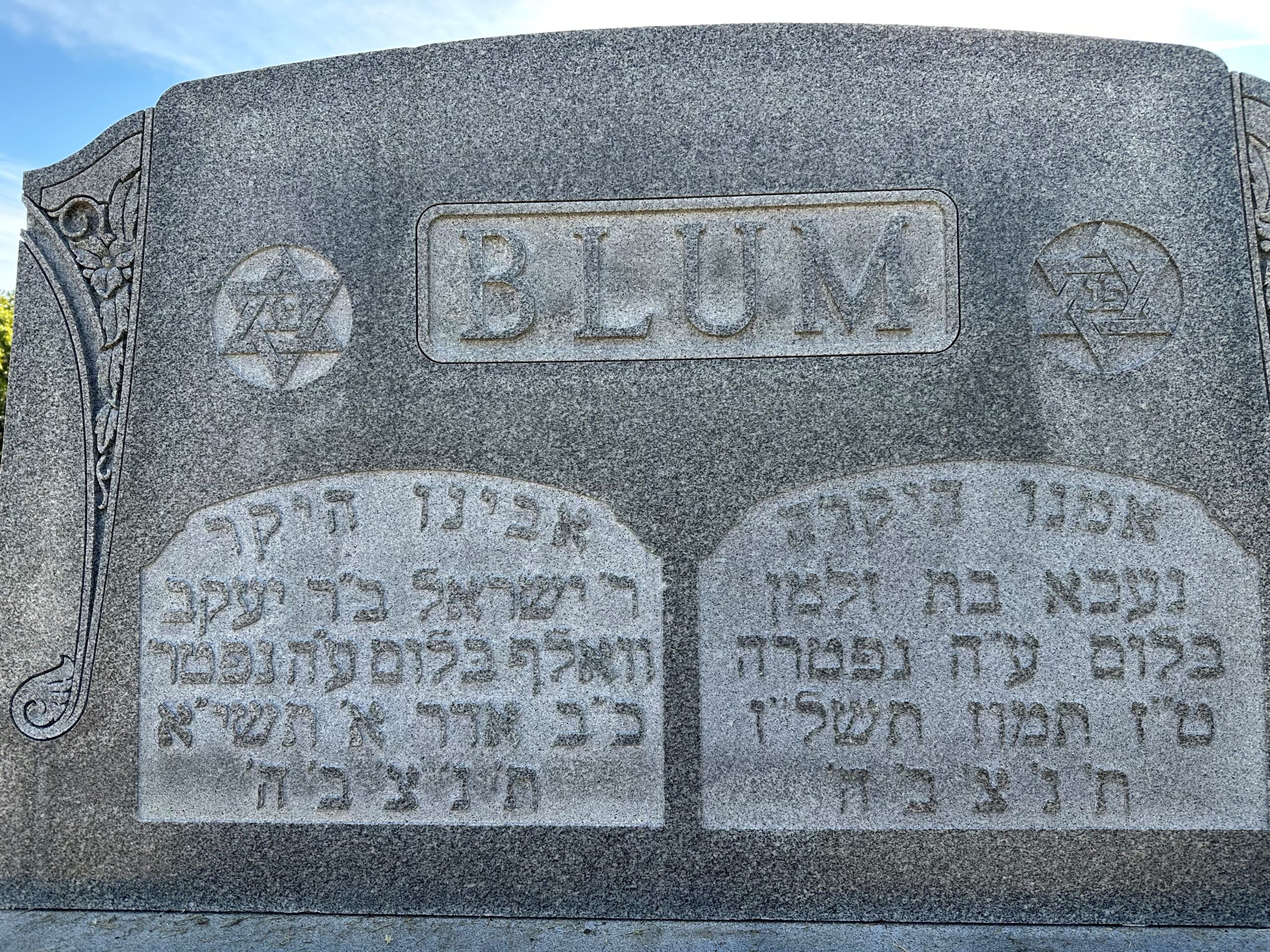
The back of the Blum monument, revealing names of ancestors previously unknown to Marvin.
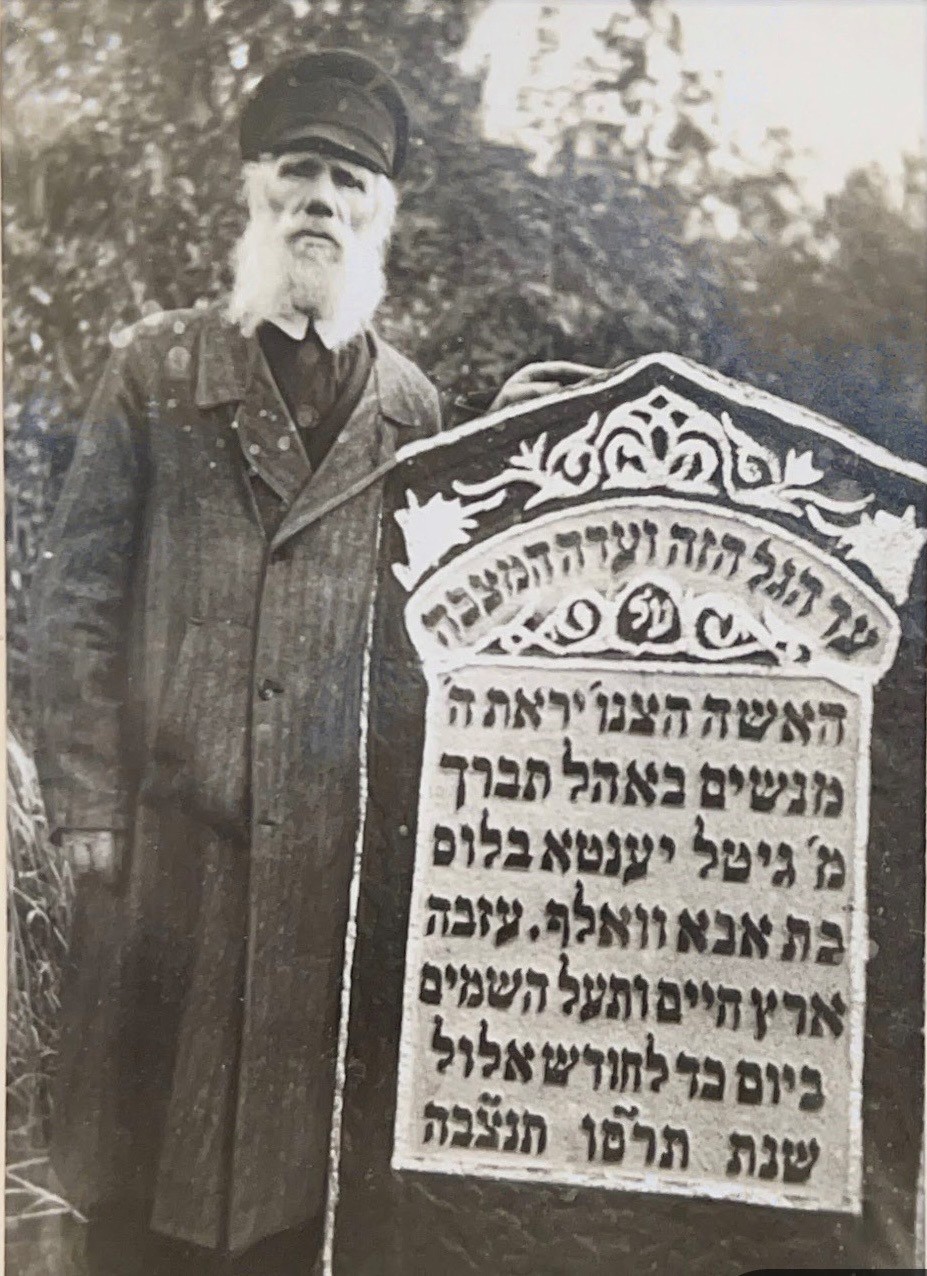
Marvin Blum’s great grandfather Yaakov (“Yankel”) Blum at the grave in Russia of his wife, revealing that her name was Gital.
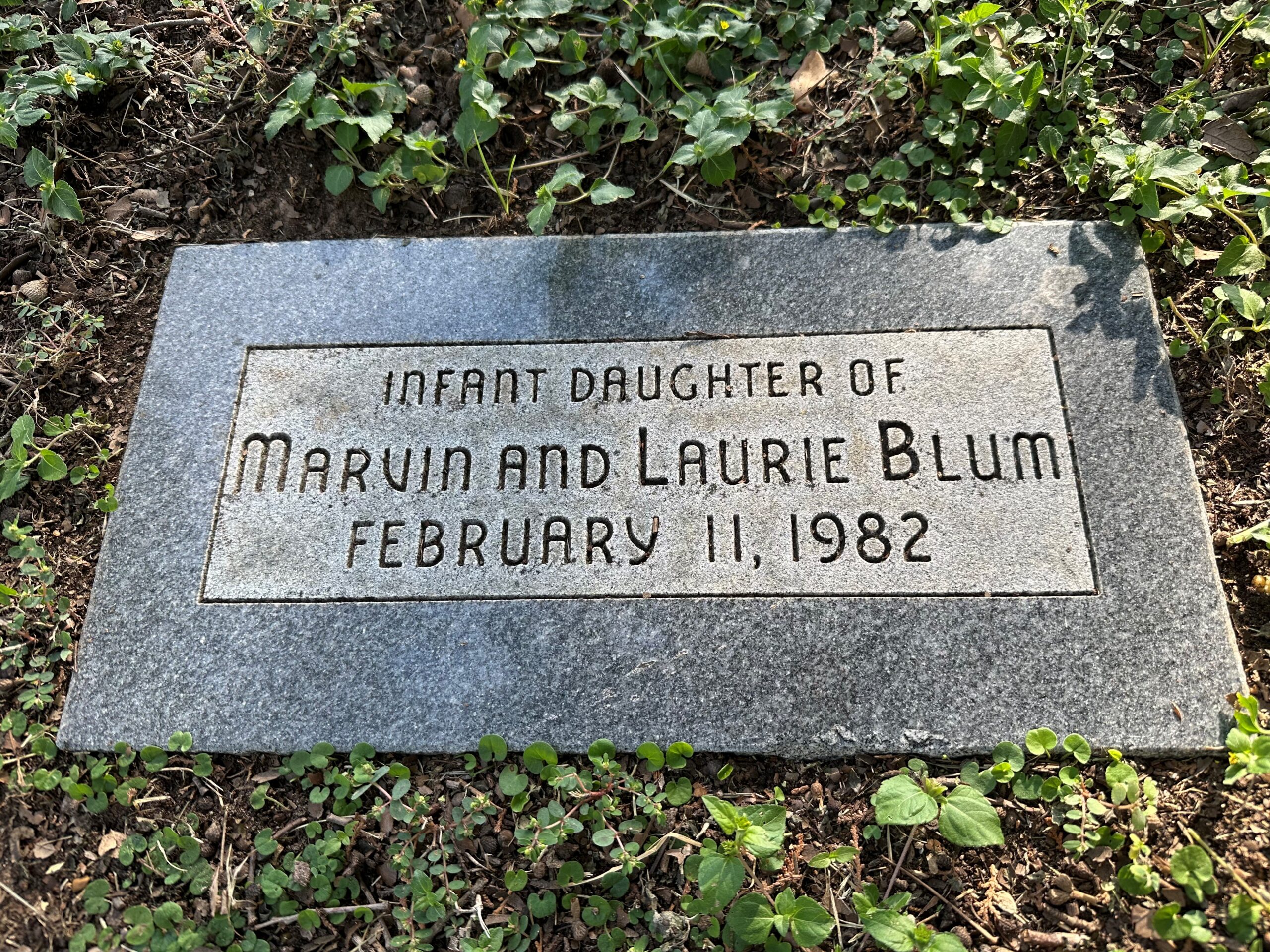
The gravesite of the first-born child of Marvin and Laurie Blum who went to heaven on February 11, 1982, exactly one year before the birth of son Adam on February 11, 1983, a heartfelt date now filled with hope and love.
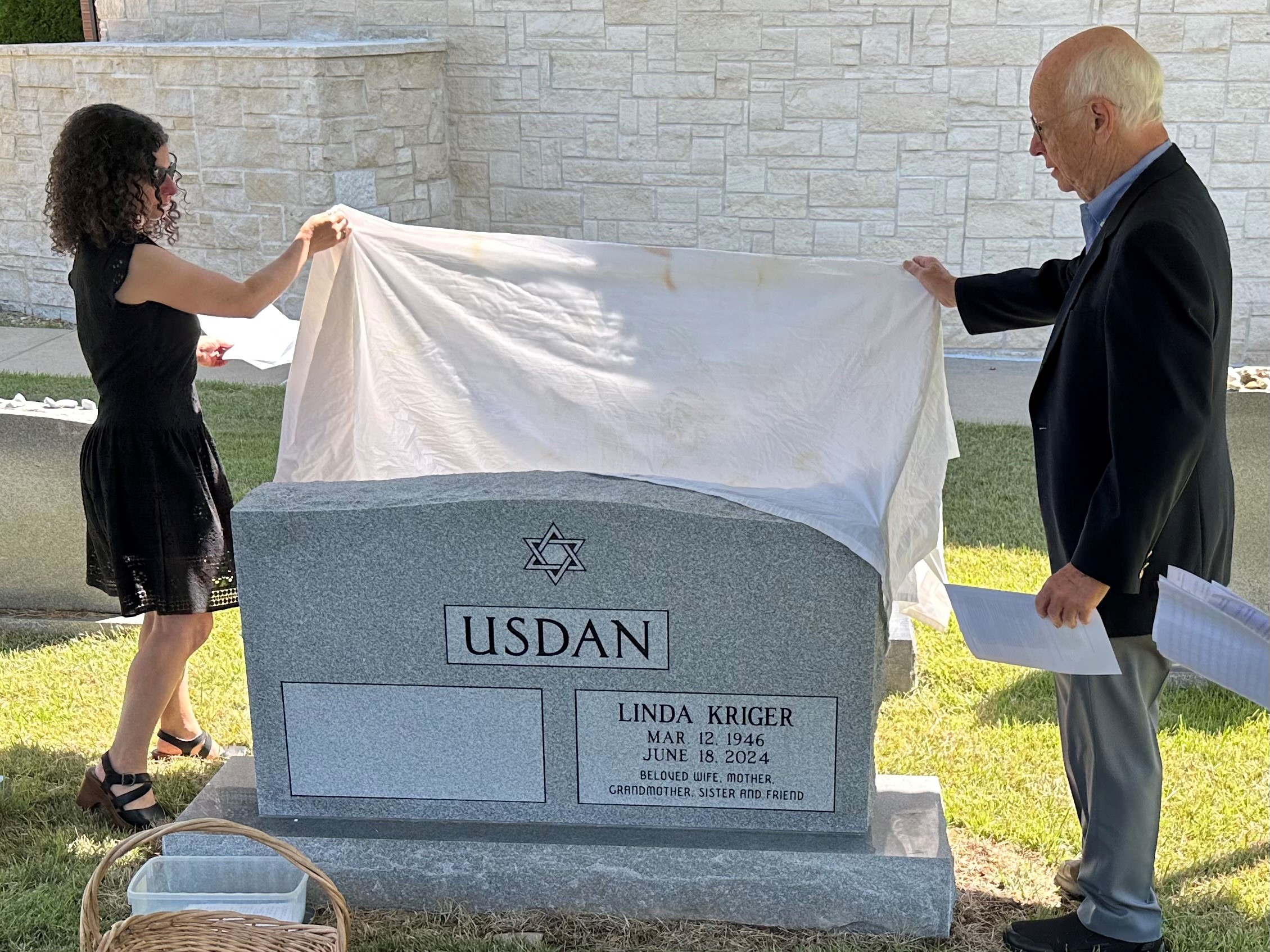
Unveiling of the tombstone of Linda Usdan (Laurie Blum's sister) by Linda's daughter Lisa and husband David, marking the transition from grief to the promise of keeping Linda's memory alive.
